Hello Atti, very very nice testing you did there! Keep it up! I am happy because I don't see many people here experimenting with motors.
I don't consider my self an expert, not even close to that.. But I will tell you few things that I believe can help you or anyone that is building an Adams motor ..
I have tested Adams motor and my opinion is that is the most efficient motor out there. No question on that.
The Adams motor can give well overunity results, but honestly and maybe I am wrong but I don't think that this is the correct way. I mean to get more electrical power directly from the motor.
Have in mind that most Adams motor drawings that you can find in internet are well tested by many experienced people all these years. Yet none has the remarkable results as far as I know offcourse.
Adams named his discovery as a motor, not as motor/generator, nor as generator. It suppose to give excessive torque not excessive electrical power. I think It is much easier to get a better torque from this motor by altering its design.
Trying to get to free energy, we need to trigger Ether directly through the system that we build. Symmetry is a neutral state. I guess symmetry is our enemy here. Offcourse a motor become instantly asymmetric when different coils are powered, but this asymmetry is not the asymmetry I am talking about, this asymmetry is always costing additional energy to achieve it.
My opinion is that Asymmetric systems is the key to every free energy device. Real Asymmetry that can trigger ether directly in a motor is not easy to even imagine it. All motors rely on mechanical symmetry and electrical asymmetry.
I happen to build a pulse motor (something like Adams motor, but quite different) right now. I designed it to give continued excessive torque with minimal power at input. So then I can connect a dynamo to translate this torque to electrical power.
After several months of failures trying to make a real asymmetric pulse motor, finally I came up with a new design of a pulse motor. Its asymmetry rely on the combination of two different type of phasing (sets) switching methods working together without the need of extra power.
At the moment is very difficult for me to explain more details as you need to see it, to understand it. It is very difficult for me to make a drawing with the switching timings of the two phasing sets.. I hope I will complete it soon and post it.
Try something new based on the kind of system you build. Try to think of something that is not tested yet. Simulate it in your mind first, if its ok, make it. If still it doesn't work the way you want, think a better way. If it still doesn't work, don't get disappointed, never get disappointed. The solution is hiding in your head. You are wise... you can do it! And this is going to all setups here. Do it your way!! We all have the power to do it.
I hope my words helped you.
Keep up the testing!






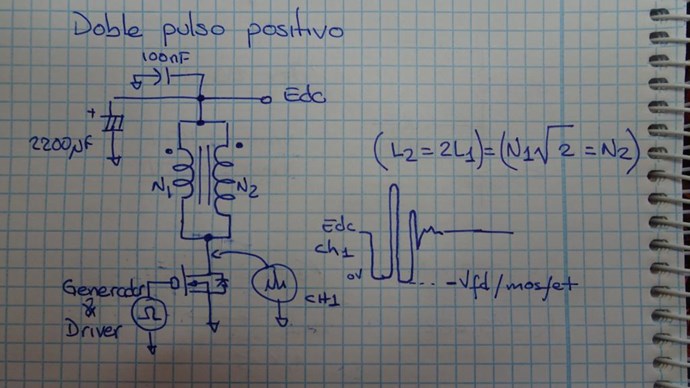
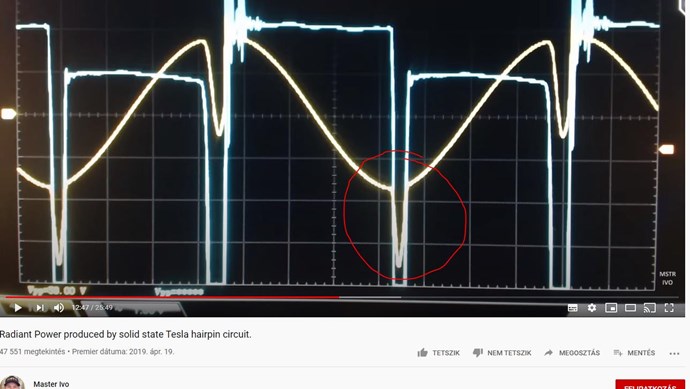
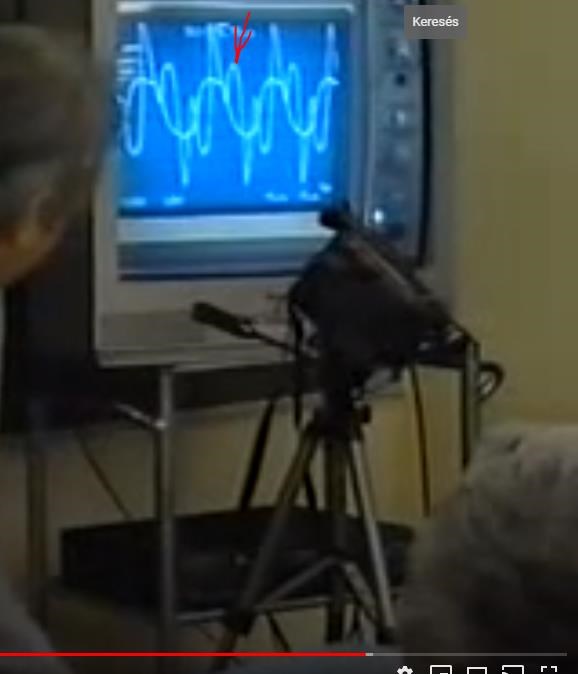
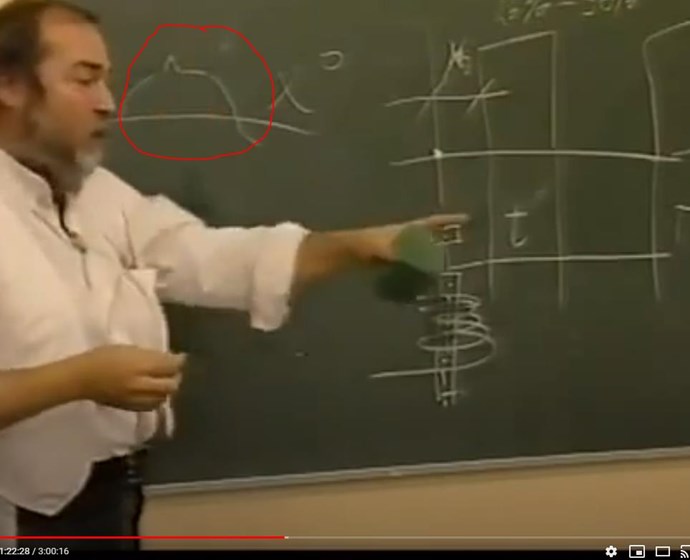


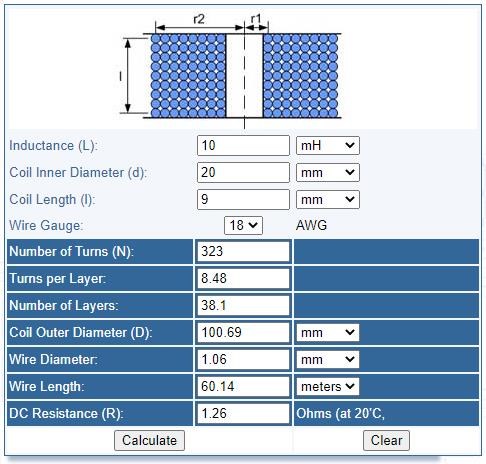
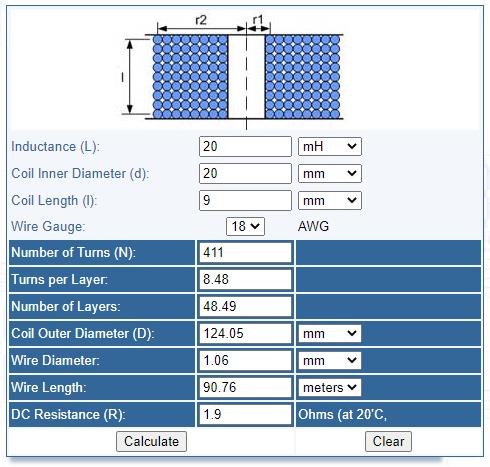

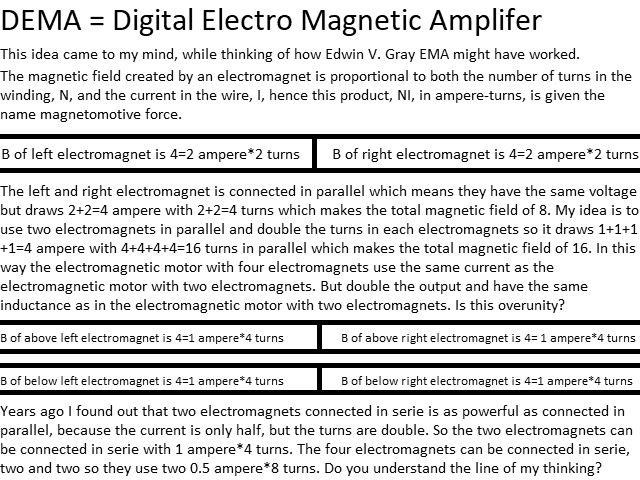


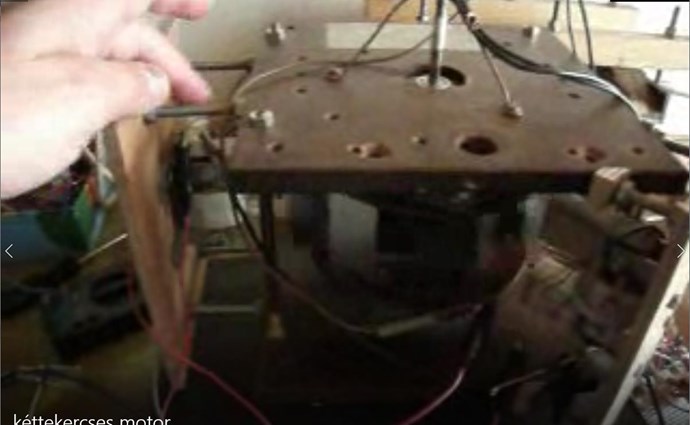
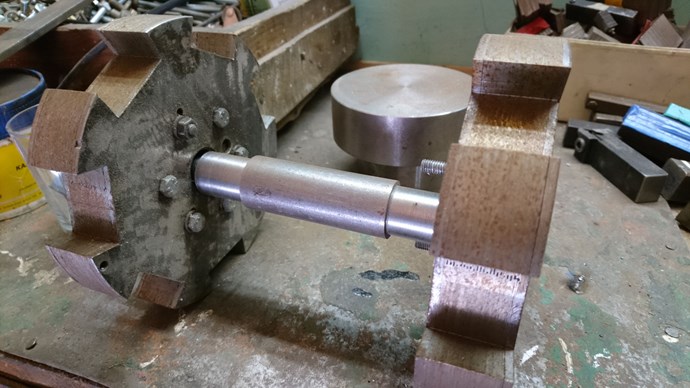
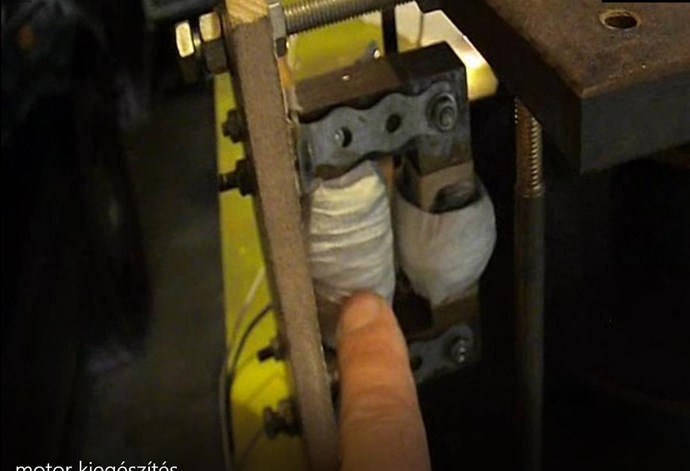

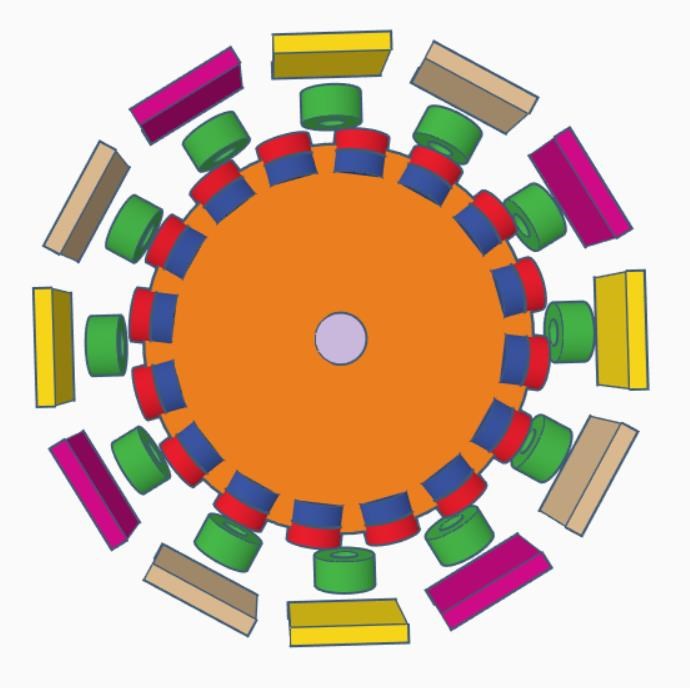
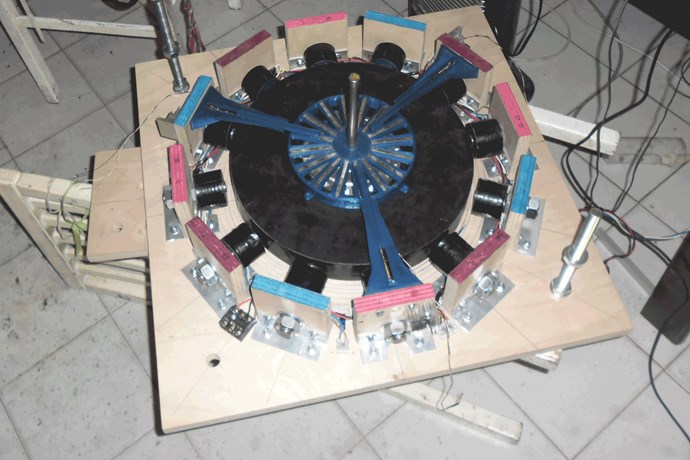
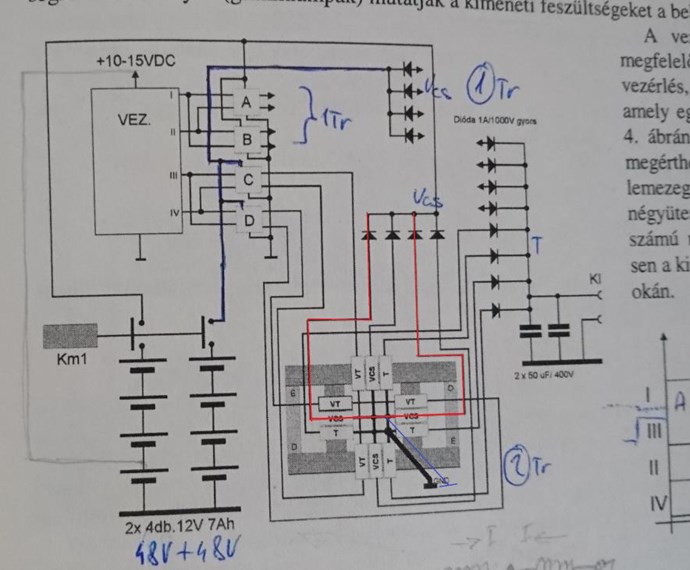

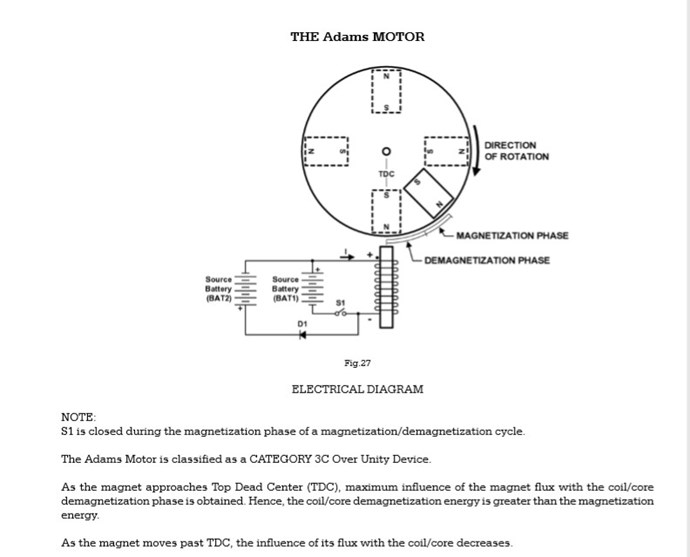



---open-tesla-research.jpg?width=20&crop=0,0,20,20)


